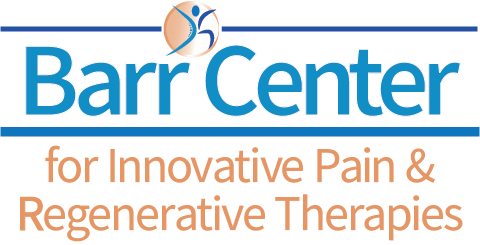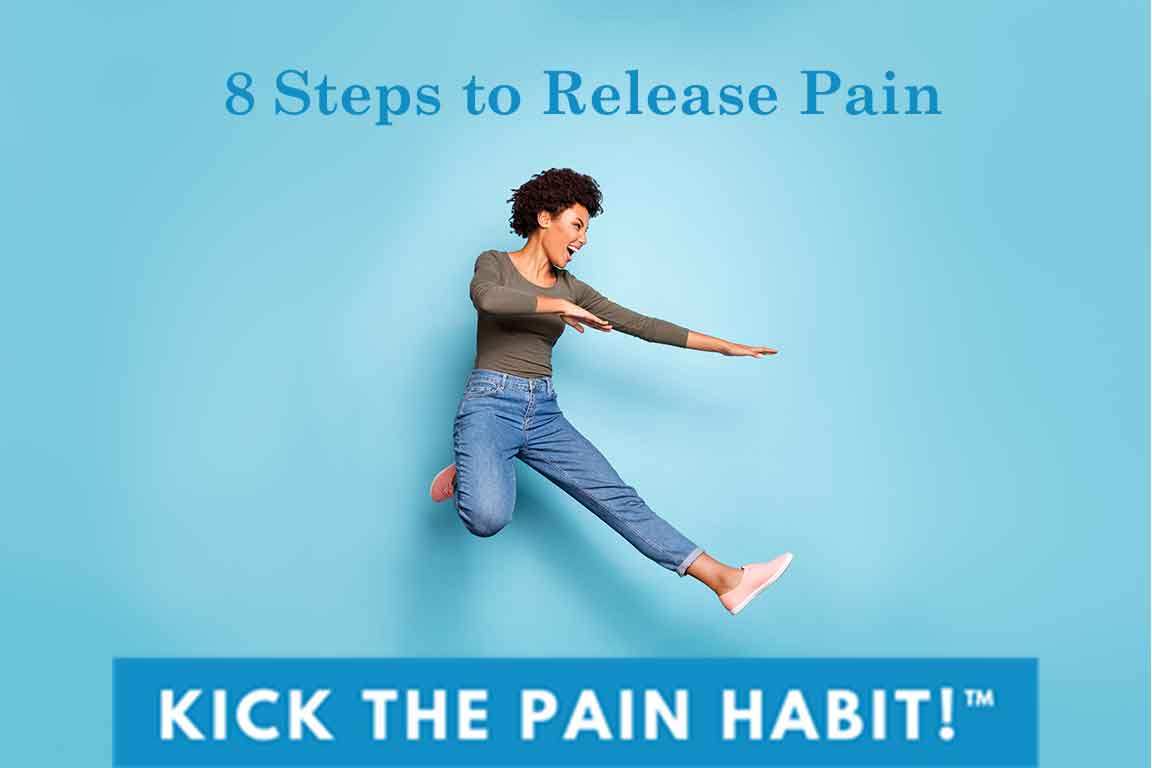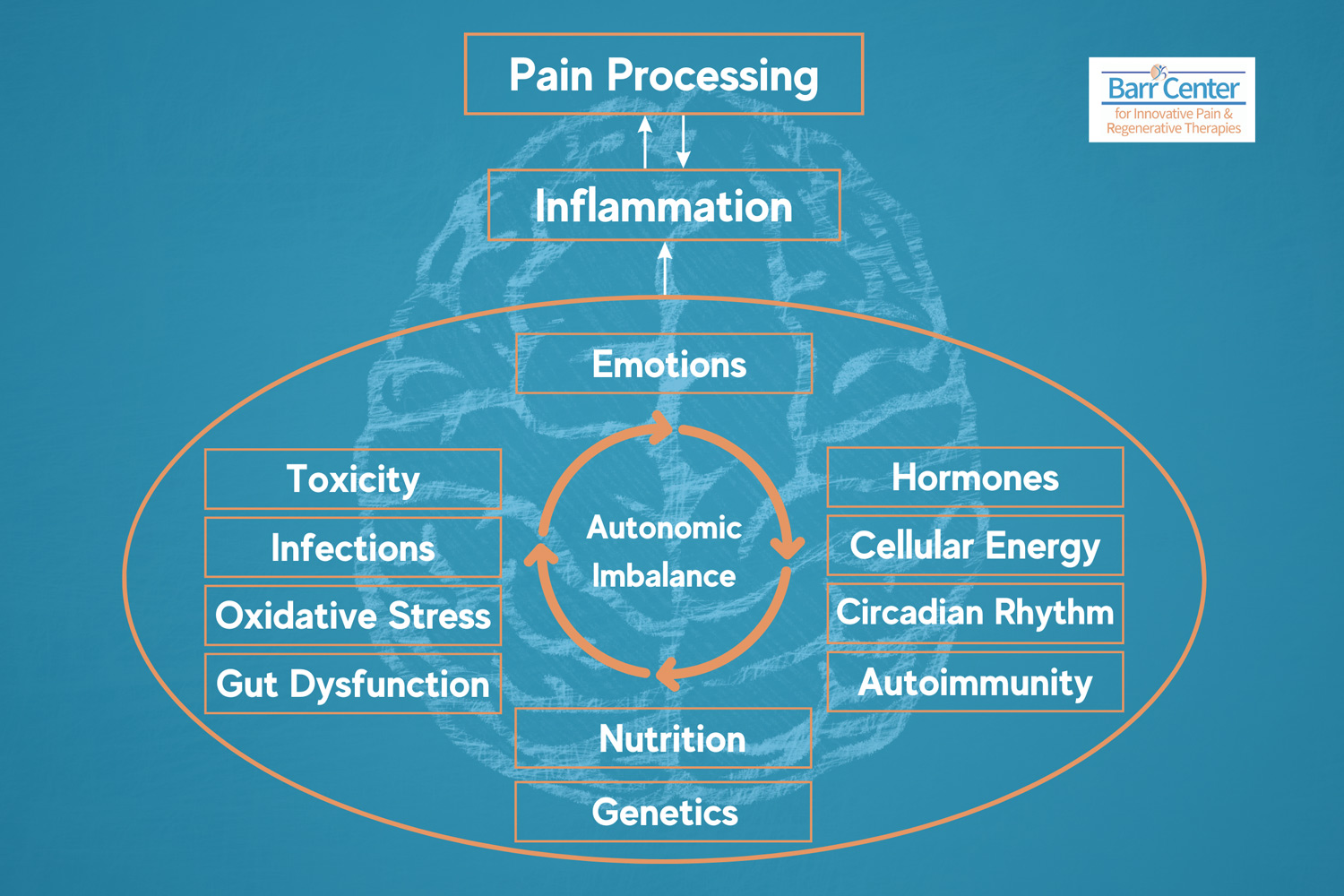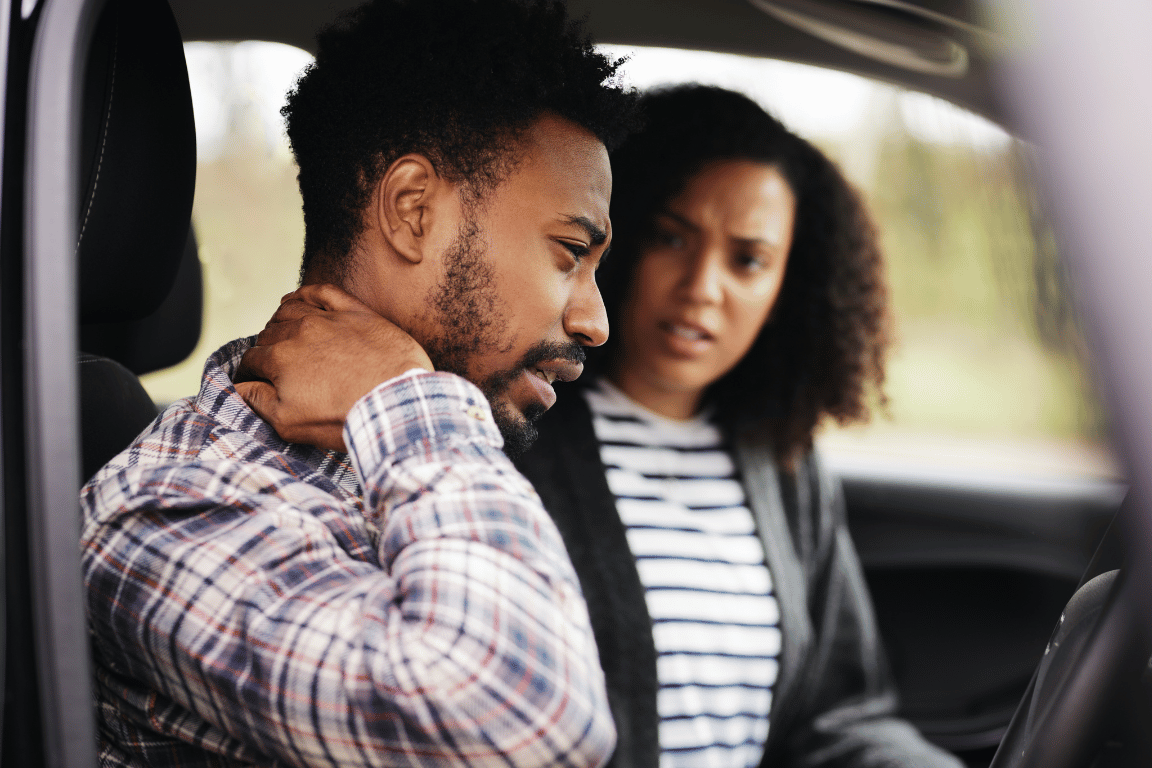Due to neural pathways in the brain and behavioral habit patterns, pain can become a habit, making it challenging to sort out and resolve. The best ways to kick the pain habit are to recognize the most common causes and learn the 8 Step Pain Release Process.
Most common reasons (habits) causing people to experience pain:
- Poor posture
- Poor body awareness
- Imbalanced strength and flexibility
- Poor breathing patterns
- Lack of grounding
- Poor sleep hygiene
- Poor nutrition
- Perfectionism
- Overthinking and overdoing (monkey mind)
- Obsessive worrying and catastrophizing
- Holding onto negative thoughts and emotions
- Early life trauma that has been blocked
- Emotional numbing and dissociation
The Pain Release Process – 8 Steps to Release Pain
- Practice self-responsibility – choose to change your perspective about the pain. Ask for help and take action.
- Root out hidden mental and emotional issues that cause fear and trigger the fight-or-flight response.
- Release past hurts, the need for control and resistance to change – “What you resist persists.”
- Reframe your story – “Name it, Tame it, and Reframe it.” Pain can be a teacher. What is it trying to teach you?
- Rest and reset – balance doing with being.
- Practice self-regulation – recognize the early warning signs and symptoms of stress, keep an eye on your values.
- Retrain mental habits and physical postures contributing to pain.
- Reclaim your power to fully heal – learn to love these parts of us that hurt and practice self-care and self-acceptance.
Can the Barr Center Help You with Pain Relief?
Call us at 757-578-2260 or email us at [email protected] to get started on relieving your hip pain. To learn more about the anatomy of the hip and the causes of hip pain, visit our blog articles below for more information.
Learn More
Other pain management conditions we treat are: Neck Pain, Shoulder Pain, Back Pain, and Knee Pain. We often use Regenerative Medicine and Physical Therapy in our treatments.










